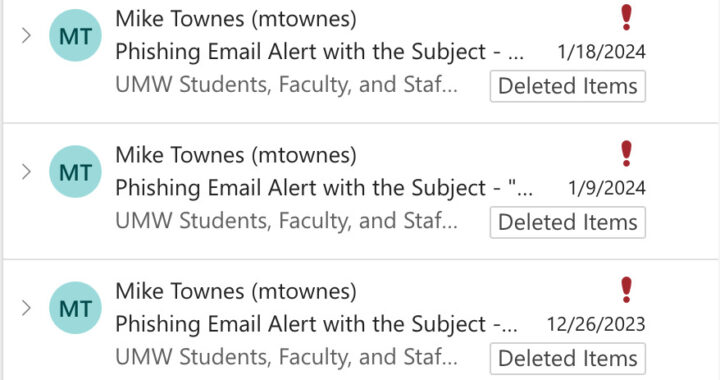Staff Ed: Guide to the impeachment process
2 min read
Lauren Brumfield | The Blue & Gray Press
By THE BLUE AND GRAY EDITORIAL BOARD
Most UMW students weren’t alive last time a US president was impeached. Here’s what you need to know about the process.
Only two presidents have ever been impeached.
And no president has ever been removed from office. Andrew Johnson was impeached in 1868, and Bill Clinton was impeached in 1998. Richard Nixon resigned from office before impeachment proceedings began.
The House of Representatives does not have the power to remove a president from office.
Impeachment is similar to an indictment in criminal law: it is a statement of charges leveled against a public official. If the Democrat-controlled House votes to impeach President Donald Trump, the Senate will vote on whether to convict him. Two-thirds of the Senate is required to convict a President, and only then – with twenty Republican senators defecting – would Trump be removed from office. At that point, Vice President Mike Pence would serve the remainder of Trump’s term as President.
Speaker of the House Nancy Pelosi opened an impeachment inquiry. Here’s what happens next.
The House has already been investigating Trump since 2016 for acts ranging from collusion with Russia in the 2016 election to alleged hush payments to two women who said they had affairs with him. Several House committees will move forward with subpoenas and depositions over the next few weeks to determine if there is sufficient evidence of wrongdoing. If they find that there is, they will submit the articles of impeachment to the full House. A simple majority – half plus one – is required to impeach.











